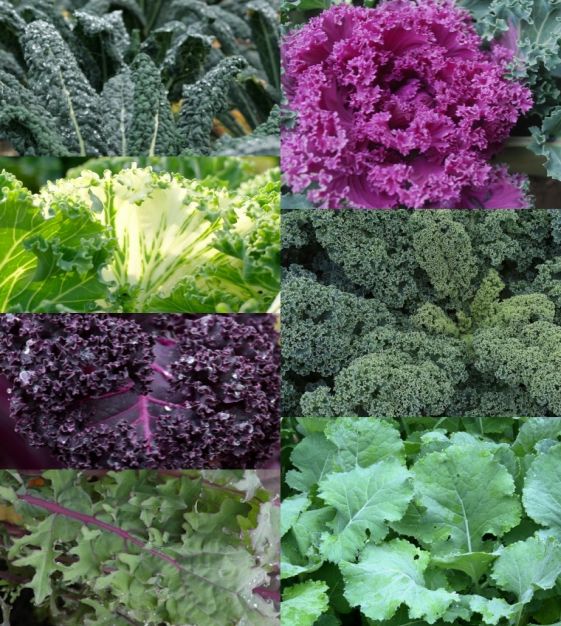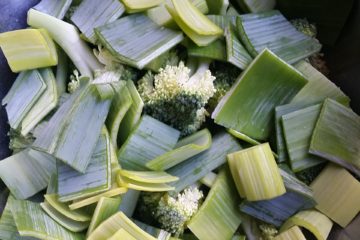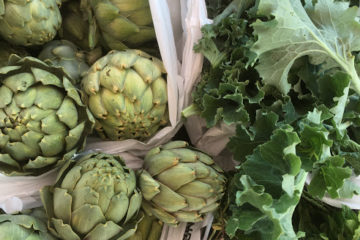Written by Sara Noelani Olsen, Grant Writing & Development Intern
As a self-proclaimed salad connoisseur, I am constantly looking for a quality green. From arugula to spinach, if it’s leafy (and capable of growing in my backyard), I’ve grown it in my garden and tossed it in a salad. From my years of experimental lettuce growing and sampling, it’s without hesitation that I say, kale is king.
It’s a Nutritional Powerhouse! From the garden to the grocery store, kale is one of the original superfoods — a title it has rightfully earned. Kale is rich in vitamin A, K, B6, and C, as well as calcium, potassium, and manganese. Additionally, with its rigid ribs and tough leaves, kale joins its fellow Brassicaceae vegetables (cabbage, Brussel sprouts, etc.) in being a great source of fiber. Just one cup of cooked kale offers 3.5 grams of protein, 4,7 grams of fiber, 177 milligrams of magnesium, 170 milligrams of potassium, and provides a range of antioxidants.

It’s Durable & Bountiful! Depending on the variety, kale can be grown and harvested throughout the year — meaning that it can thrive on California’s coastlines to the warmer parts of the wine country to the snowy parts of the state. Moreover, this self-sufficient green has an igneous seed delivery system encased in its matured, fibrous pods that spread its seeds efficiently. These seeds can enable your kale garden to become more abundant without ever having to purchase more seeds. And if you’re worried about having enough space in your garden, think again! Lacinato and Red Russian Kale are great indoor crops, making the distance between plant and plate even shorter!
It’s Pest Tolerant & Pro-Pollinator! Kale’s fibrous rib structures are great for our bodies, but they tend to deter your typical garden pests, making it easy to grow organically. If deer or other kale-loving beings do happen to munch on your harvest, kale crops tend to recover quickly and, in fact, often grow back more abundantly. Additionally, kale is a great pollinator-promoter. Prior to going to seed, kale plants produce delicate yellow flowers that attract bees, butterflies, and other helpful insects that promote greater garden health.

It’s Beautiful! While our health foods are not often gazed upon for their beauty, kale can surely spice up your garden. From the various textures on Baby Kale, Siberian Kale, and Curly Kale, to the verdant greens, deep purples, and hints of orange in their leaves and stocks, kale plants are a beautiful addition to any garden.
Edible in so many ways! If you’re not a salad-enthusiast like myself, no need to fear — kale is one versatile green. Because every single part of this plant is edible, from its stalk to its yellow flowers, there’s certainly a way to make everyone a kale fanatic. You can blend it, bake it, dehydrate it, or keep it raw. With such versatility, kale can be a tasty appetizer, side dish, or main course. Here are some creative ways to enjoy it: Kale & Carrot Ginger Salad, High Protein Blueberry Kale Smoothie, Super Kale Pesto, Spicy Kale and Coconut Fried Rice, and Sea Salt Garlic Kale Chips.



0 Comments